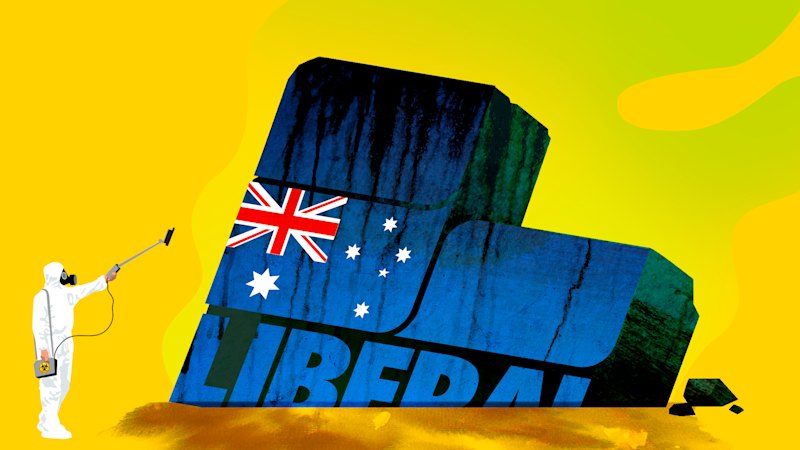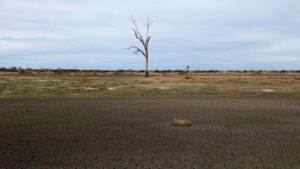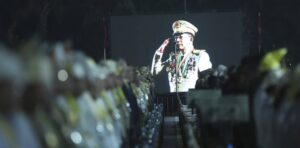
The Liberal Party is grappling with a significant crisis following its defeat in the 2025 election. In the months since the loss, the Coalition has navigated through various emotional stages, reflecting a deep internal struggle over its future direction.
Frustration is palpable within the party, particularly among its members. The Nationals remain in a state of denial, asserting that their hold on their respective seats is intact and suggesting a potential separation from the Coalition. This has led to discussions about introducing agrarian politics into urban areas, a move many consider unrealistic.
Anger has emerged among Liberal factions, where blame has been exchanged for the overwhelming defeat. Urban representatives are increasingly critical of James Dutton‘s strategy, which focused heavily on regional seats, many of which were also lost. Conservatives within the party, encouraged by elements of the cultural right, argue that the defeat was due to overly moderate policies. They propose that the party should prioritize issues that have previously failed to resonate with the Australian public.
Moderates within the party, meanwhile, have begun to embrace populist sentiments, advocating for ambitious climate goals like achieving net zero emissions by 2050, despite public skepticism about the feasibility of such targets. The recent election campaign was characterized by ideological inconsistencies, leaving party members frustrated and without clear direction.
As tensions escalate, the Liberal Party is entering a phase of bargaining, where some factions are seeking to prevent a total collapse. Despite ongoing reports of internal discord, there is a growing consensus among many party members that preserving the party’s integrity is paramount. James Massola recently highlighted this in a piece discussing the apparent fractures within the party, although some believe it may have been misleadingly titled “The Split in the Right.”
In a notable shift, some party members, such as Andrew Hastie, are looking to international examples for guidance, considering the UK’s Reform Party and the policies of the US right. However, this approach risks oversimplifying the unique historical and cultural differences between these regions and Australia. The rallying points of these foreign movements may not align effectively with the Australian political landscape.
The emotional toll of this internal conflict has led many to conclude that the party is nearing a critical juncture. Some members express a sense of despair, fearing that the party may never reclaim its former prominence. To motivate his colleagues, Victorian Liberal senator James Paterson delivered a speech emphasizing the importance of acceptance as a step toward recovery. He reminded them that the Liberal Party exists primarily to win and govern, reinforcing its commitment to Australian democracy.
Paterson also urged his colleagues to remember what the party is not: a think tank, activist group, or debating society. He articulated that while a thorough reassessment of the party’s identity is overdue, it cannot rely solely on its members to drive meaningful renewal, much like a business cannot expect front-line staff to manage organizational strategy effectively.
In contrast to the fractured Liberal Party, successful political movements worldwide often benefit from robust think tanks capable of producing evidence-based policies. The Trump administration, for example, has utilized the Heritage Foundation to generate a comprehensive policy framework. This structured approach has enabled the US right to establish a coordinated movement, complete with think tanks, campaign groups, and alternative media, effectively countering leftist influences.
Similarly, the UK Reform Party emerged from years of debate around critical issues such as immigration and Euro-scepticism. In Australia, the Labor Party has established strong ties with unions and think tanks that facilitate effective campaigning and policy development. Meanwhile, the Liberal Party appears to be lacking in this essential infrastructure.
Despite these challenges, the narrative around the death of the Liberal Party may be exaggerated. It is, in fact, on life support, and its path forward depends on fostering a movement that champions aspirations. As the party navigates its internal struggles, the focus should shift toward revitalizing its core mission and reconnecting with the electorate.
Parnell Palme McGuinness, managing director at campaigns firm Agenda C and a senior fellow at the Centre for Independent Studies, emphasizes that the party must embrace its role in supporting growth and ambition. The Liberal Party’s future hinges on its ability to adapt, innovate, and unite in the face of adversity.







